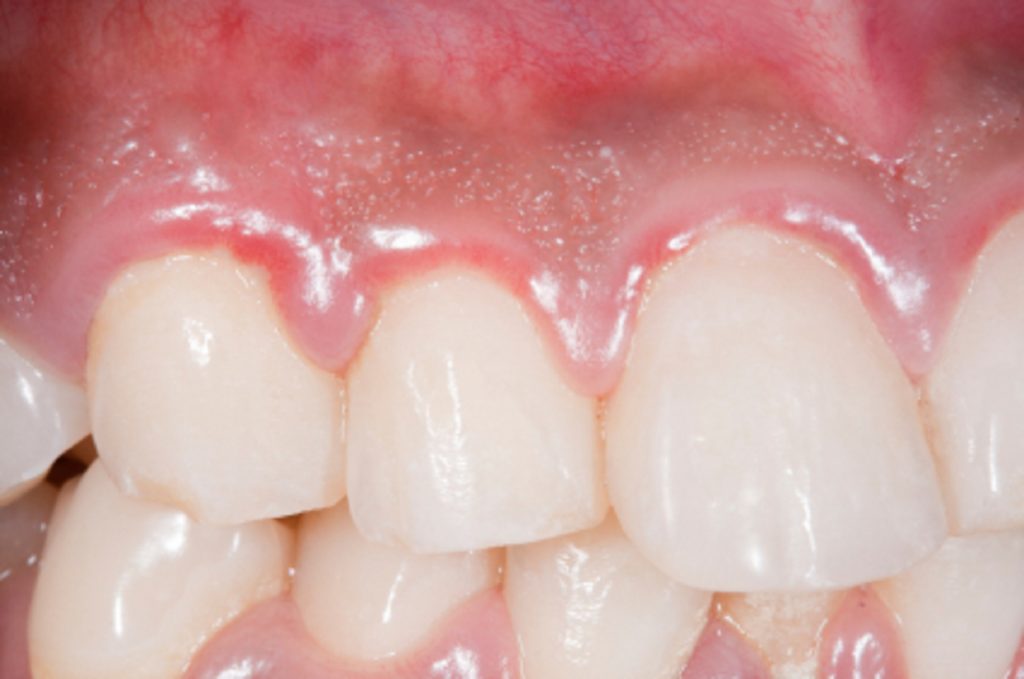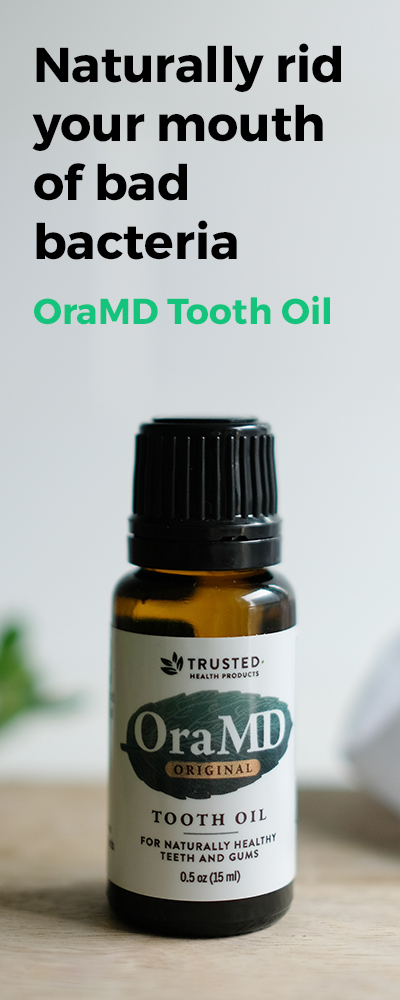Contents

Everyone loves to smile, especially if you have healthy teeth and gums to show off. A healthy smile with white teeth and pink gums indicates good oral health. Some people may notice however, that their gums aren’t as bright and pink as they used to be. If you find that you have red gums, this can be an indication of much more than a socially embarrassing situation; it can be a warning sign of much a much more dangerous underlying condition that can lead to serious health effects.
Red Gums Are Indicators
Red gums can indicate anything from simple irritation, to severe infections and conditions like periodontal disease. The discoloration is often the first of a number of noticeable signs that something is wrong. It is often followed by swelling, sensitivity, pain, and sometimes bleeding. These other symptoms do not always appear in an obvious way, so the change in color should be the first signal that action should be taken to prevent it from getting worse.
Main Causes Of Red Gums
Every story has a beginning, and in this case, it starts with bacteria. Your mouth produces hundreds of types of bacteria daily. When these bacteria bond with food particles and sugars in the mouth, they create the sticky, white substance called plaque. Generally speaking, if you practice good oral hygiene this won’t be a major hindrance for most people. Brushing properly, using a mouth rinse, and flossing will keep it at bay for a majority of people. However, if you don’t keep up with these practices as you should, bacteria and plaque can grow out of control. If plaque is left unchecked it will harden and become tartar, which can only be removed by a dental professional scraping it away.
Even in the early stages, plaque will cause irritation of the gums, which can cause them to darken to a deeper red color. As this progresses, it can even cause the gums to separate from the teeth and allow more bacteria to get under the gum line and cause infections. These can even lead to further bleeding, abscesses, gingivitis, and periodontal disease.
Get Treatment Now!
Consider red gums to be a stop sign; because when you see it, you should really stop and look at what you’ve been doing to take care of your mouth. Evaluate the steps you’re taking in your oral hygiene, and make sure you do all you can as early as you can to prevent further damage. You may also need to look at what products you use to execute your dental care plan (toothpaste, mouthwash, etc.). Most conventional products contain ingredients that can create the environment in the mouth that is most conducive to bacteria growth. In most cases of gum infections, natural alternatives are best as they offer solutions to the problem without any negative side effects. Be careful though, because not all natural products are as natural as they claim to be.
Did it ever occur to you that the least expensive and least painful option might be found in nature? Why not try a great product that provides natural relief?


